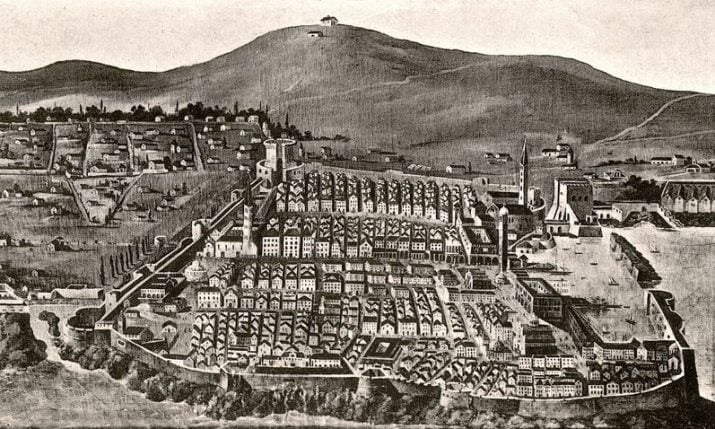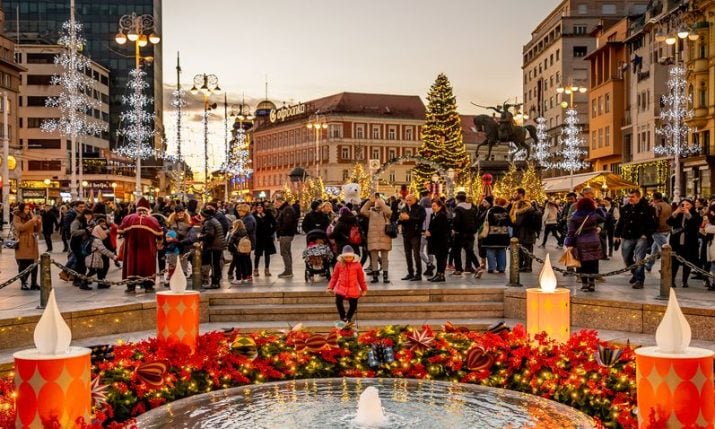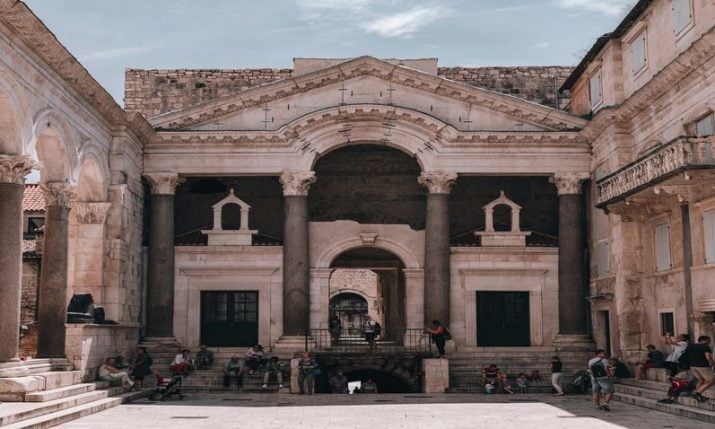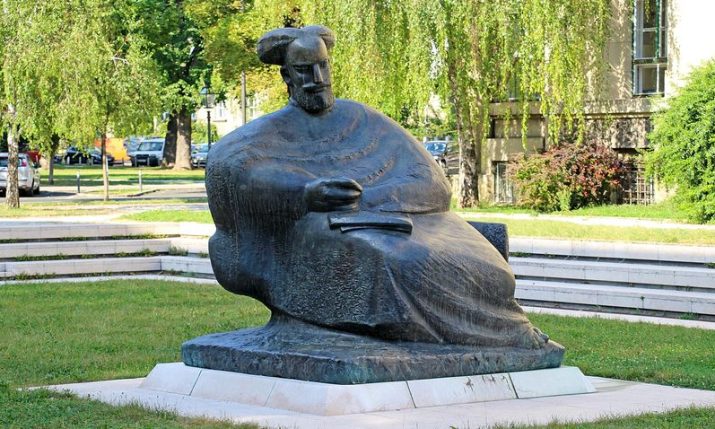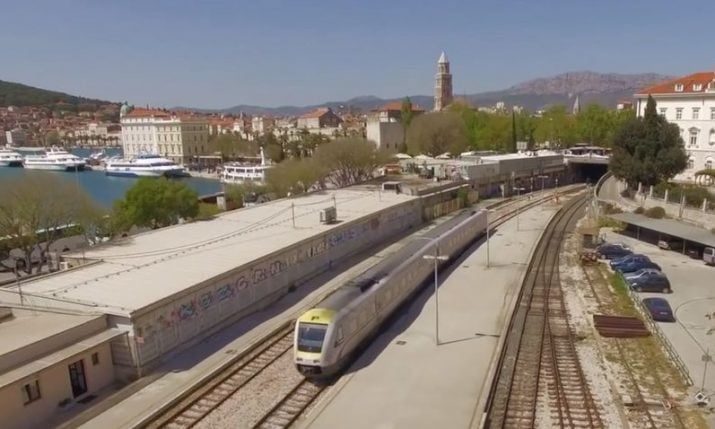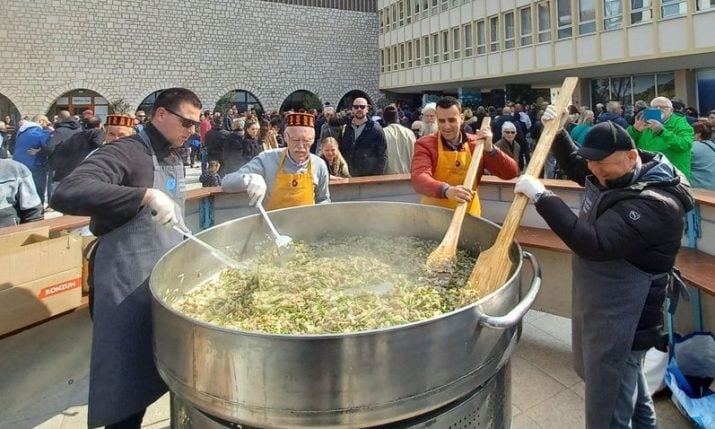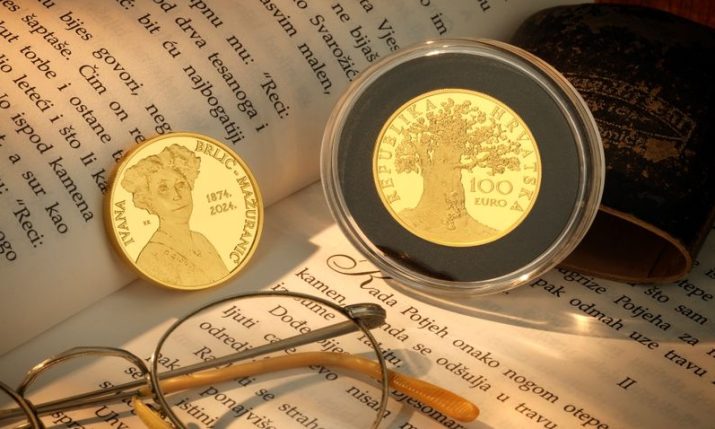Museum of Vučedol Culture Opens in Vukovar
- by croatiaweek
- in News
 A museum of Vučedol (“Wolf’s Valley”) culture has opened today in the eastern Croatian city of Vukovar…
A museum of Vučedol (“Wolf’s Valley”) culture has opened today in the eastern Croatian city of Vukovar…
The 1,200 square-metre museum will not only display archaeological finds from what was one of the most important archaeological sites in Europe, Vučedol, but also will reconstruct the Vučedol culture, which is attributed to the beginning of today’s culture of European nations.
The Vučedol culture flourished between 3000 and 2200 BC centered in Syrmia and eastern Slavonia on the right bank of the Danube river. It was thus contemporary with the Sumer period in Mesopotamia, the Early Dynastic period in Egypt and the earliest settlements of Troy.
One of the major places they occupied is present-day Vučedol, a location six kilometers downstream from the town of Vukovar, Croatia. It is estimated that the site had once been home to about 3,000 inhabitants, making it one of the largest and most important European centers of its time.
The early stages of the culture occupied locations not far from mountain ranges, where copper deposits were located, because of their main invention: making tools from arsenical copper in series reusing double, two-part moulds.
In modern times, Vučedol ceramics have become famous worldwide. A very characteristic bi-conical shape and typical ornaments evolved, in many cases with typical “handles” which were almost non-functional, but were key to understanding ornaments that had symbolic meanings, representing terms such as “horizon”, “mountains”, “sky”, “underworld”, “sun”, “constellation of Orion”, “Venus”, et cetera.
Some researchers of the Vučedol culture have claimed that there was established trade connection between territorial position of the Vučedol culture and Mycenean civilisation on the south so that some cultural elements found in B2 phase in the Vučedol culture owes their existence to first period for the middle Bronze Age of Helladic culture of mainland Greece.
(photos / vizkultura)




